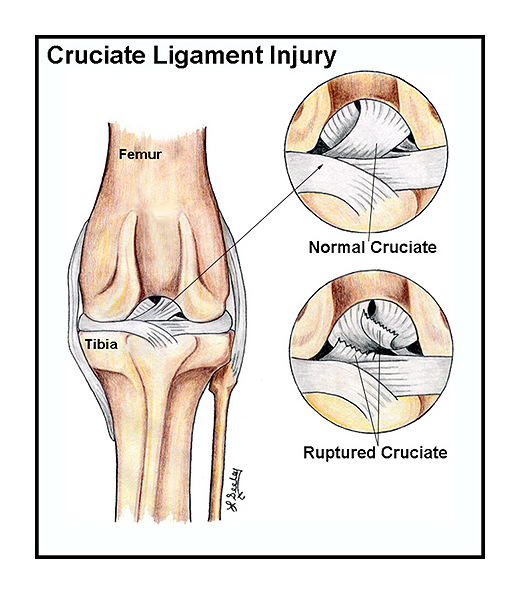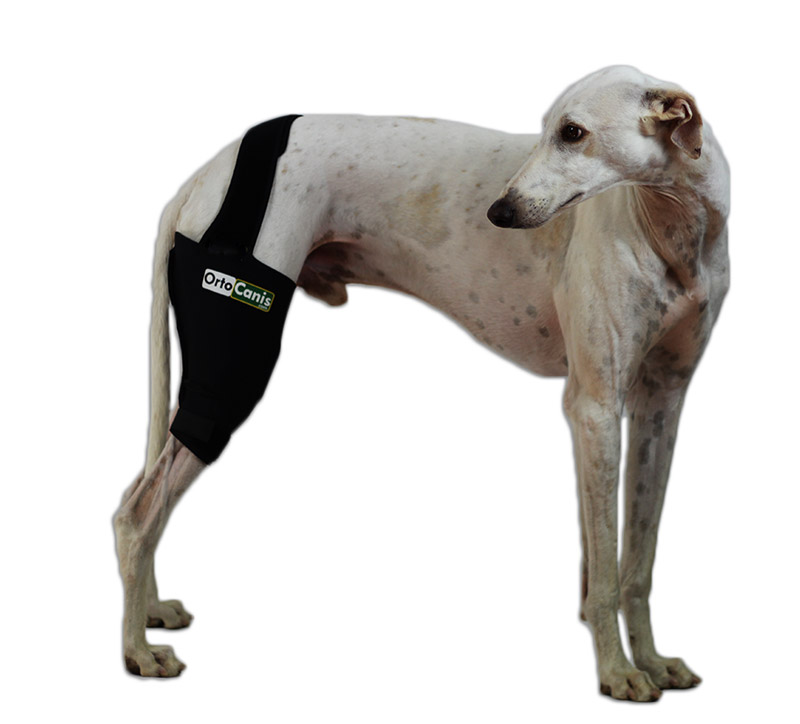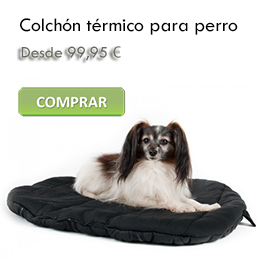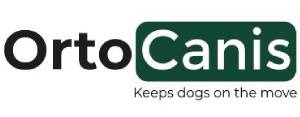Physiotherapy and Advice During Recovery
Of the four ligaments that make up a dog’s knee, a torn anterior cruciate ligament is one of the most common conditions and the most frequent cause of secondary degenerative osteoarthritis in the knee joint. The function of the cranial cruciate ligament is to limit the internal rotation and cranial displacement of the tibia relative to the femur and to prevent hyperextension of the knee.
 If your dog appears to have an acute limp and does not want to support their paw on the ground, or when supporting it they take a few steps then retract it, or if the knee is swollen, it is possible that their anterior cruciate ligament is affected.
If your dog appears to have an acute limp and does not want to support their paw on the ground, or when supporting it they take a few steps then retract it, or if the knee is swollen, it is possible that their anterior cruciate ligament is affected.
Certain dogs have a predisposition to suffer this injury. On the one hand there are small to medium sized dogs (purebred or not) with short legs that are normally overweight and, on the other hand, we find large and giant breeds who have the tendency to suffer ligament injuries due to their morphology. Among the latter we find Labradors, Rottweiler, Neapolitan Mastiffs, Boxers, etc. Nevertheless, this is not a rule and any dog can suffer from a damaged ligament over the course of their life.
Besides the breeds previously mentioned there are other factors like excess weight, a sedentary lifestyle, endocrine disorders, sporting dogs that do not properly warm up, extra burden from climbing stairs, sudden jumps onto the sofa or into the car, or activities that subject the ligaments to micro traumas and eventually end up partially or completely damaging them.
There are two types of treatment, conservative and surgical, and regardless of which is chosen the animal must properly rehabilitate the knee as to guarantee the return of functionality and in order to avoid relapses.
The goals of rehabilitation are to reduce pain, inflammation and limpness, regain full mobility, strength, muscle mass and joint control.
The physical therapy will vary according to the animal and type of treatment, conservative or surgical, and for surgery, the type of intervention. Some surgeries require more rest and stabilization than others. The rehabilitation process is finished when the animal is able to carry out its daily activities and the knee is capable of supporting its weight and moving without risk of re-injury.
type of treatment, conservative or surgical, and for surgery, the type of intervention. Some surgeries require more rest and stabilization than others. The rehabilitation process is finished when the animal is able to carry out its daily activities and the knee is capable of supporting its weight and moving without risk of re-injury.
It is important that your pet receives rehabilitation treatment by capable professionals who will choose the best techniques in order to ensure that recovery is fast and effective. Among the most commonly used therapies to treat cruciate problems are; massages, mobilization, current therapy, ultrasounds, laser, aquatic therapy, balance and coordination training therapy.
During the recovery period it is important that:
- You take your pet on a leash during walks and avoid sudden movements towards other dogs and changes in rhythm, especially at the beginning of recovery. Your vet or therapist will modify the intensity of the activity as the rehabilitation period progresses.
- Keep your dog off of slippery surfaces. A common cause is the recurrence of a torn ligament accompanied by injury to the medial meniscus.
- Avoid ramps and stairs at the beginning of treatment in operated-on animals and animals undergoing conservative treatment. Once recovered they can use ramps to help them get on the sofa and in the car, as it recommended that they do not do so on their own because it could cause a relapse.
- It is advisable that they sleep on soft and clean surfaces that are firm enough to help the incorporation of the animal: special mattress for dogs.
- Keep the skin clean and dry.
- Proper diet and weight control. Being overweight damages the joints and causes more pain for the animal.
 During recovery, or for those animals in which knee instability could occur, using a knee protector could be beneficial and prevent a relapse or possible complications.
During recovery, or for those animals in which knee instability could occur, using a knee protector could be beneficial and prevent a relapse or possible complications.
The knee brace with articulation can be used in those cases in which surgery is not possible or there is some obstacle to performing surgery. These splints, designed exclusively for knee problems, help progressively increase the degrees of flexion-extension while limiting unwanted movement and provide stability throughout the recovery process.
Animal Physical Therapist
Collaborator Ortocanis.com

